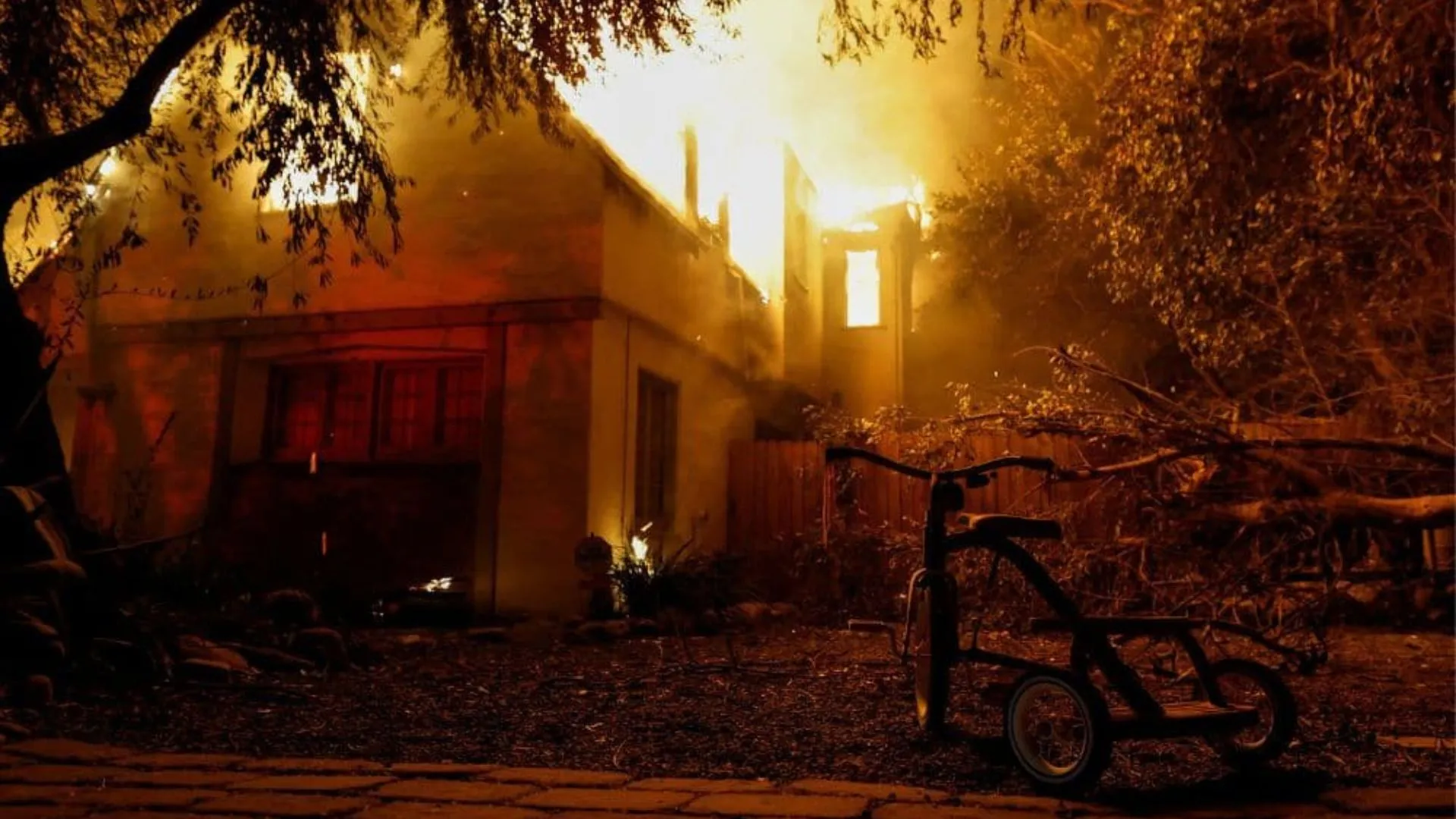The ancient world order was dominated by chieftains or monarchy. There were a number of kingdoms co-located, competing against each other for resources, domination or for their survival. Monarchy was an important factor in binding the population together and running administration of the state. The concept of nation state, which came into being in 1648 through the Treaty of Westphalia, catalysed the steady decline of the monarchy system to be replaced by alternate systems.
South Asia was also divided into numerous princely states ruled by monarchies. The kingdom boundaries transcended present-day borders as per jurisdiction of an empire. British invasion of the sub-continent demolished the existing kingdoms, merging into the empire as they vanquished the royals. Bhutan, a small kingdom to the north of India, consistently resisted British forays into their country. Bhutan till the 17th century was a fractious entity, ruled in different parts by chieftains/ warlords famously known as ‘Penlops’. The governors of other districts in Bhutan were nominated by the ‘Shabdrung’, however ‘Trongsa Penlop’ continued to be hereditary. The present monarchy traces its lineage to ‘Penlops of Trongsa’.
Monarchy as an institution
Monarchy in Bhutan, in the last 100 years of its reign, has shaped its evolution and was the single-most uniting factor in Bhutan. The period prior to that was of internecine conflicts and civil war among various warlords. It is the wisdom and statesmanship of the monarchy that has steered Bhutan to shape its distinct destiny, despite it being sandwiched between two competing Asian giants.
HM Ugyen Wangchuck (1907-1926)
His Majesty, the first king, faced the biggest challenge of Bhutan’s unification. Bhutan at the start of the 20th century was in a turmoil and was ruled in parts by chieftains/warlords. Establishment of the monarchy by His Majesty was the sole unifying factor for Bhutan. The second test was to fend off security challenges both from northern & southern borders by Tibetans & Britishers respectively.
HM Jigme Wangchuck (1926-1952)
When His Majesty Jigme Wangchuck ascended to the Bhutanese throne in 1926, he was only 21 years old. The beginning of His Majesty’s reign was started with political aspirations of his rivals competing for prominence. His initial years in power were focused towards giving Bhutan a stable political and governance platform.
HM Jigme Dorji Wangchuck (1952-1972)
His Majesty, the third king opened up Bhutan to the world. His contribution to the modernisation of Bhutan is immense. He is credited with not only stabilising external situations as pertaining to northern borders with annexation of Tibet by China in 1959, but also kindling security relationship with India. His reign saw conception of Five Year Plan in 1966 for economic stimulus of Bhutan and parallel creation of security/diplomatic institutions such as Project Dantak, IMTRAT, Embassy of India, Paro International Airport and raising of RBA.
HM Jigme Singye Wangchuck (1972-2006)
His Majesty, the fourth king is truly revered in Bhutan due to his immense contribution in social upliftment of the country in fields of education, health governance. He has deftly handled boundary issues and strengthened the security apparatus of the country. As a statesman, he has shaped the foreign policy that has paid handsome dividends in bringing Bhutan out of isolation. He has maintained a fine balance in bilateral relationships with both India and China.
HM Jigme Khesar Namgyel Wangchuck (2006 to till date)
His Majesty, the Druk Gyalpo is also affectionately called ‘people’s king’. His Majesty took over reigns from his father, the fourth king at a time when the world as whole and South Asia specially, was in a flux. The democratisation of Bhutan is the single prime achievement of Bhutanese monarchy which is unprecedented in the history of the world. The Druk Gyalpo was able to navigate nascent Bhutanese democracy through the initial teething period. He has also taken steps to modernise, train & equip Royal Bhutan Army to take on challenges of the 21st century.
Statesmanship by Their Majesties
Monarchy in Bhutan has immensely contributed towards the integration of the Bhutanese society, its inclusive growth and Bhutan’s bilateral relations with its neighbours. Indo-Bhutan ties have strengthened over the years under the stewardship of Their Majesties. The challenges that each king faced during his regime were unique. They always rose up to the occasion and have been instrumental in shaping the contours of prosperous Bhutan. Invariably, across the political spectrum, Bhutan is the first destination for the new incumbent Prime Minister of India to foster the deep bonds of friendship between the two nations.
The India-Bhutan border had been active in the past and a safe haven for Indian insurgent groups. In the year 2003, displaying proactive approach and solidarity towards India, Bhutan launched ‘Operation All Clear’ to cleanse Terai region from the menace of terrorism. Any vibrant democracy will look for diversifying its relationship with its neighbours. The seeds of democracy which were sown by His Majesty, the Druk Gyalpo, is blooming in Bhutan.
Royal Bhutan Army & Indian Army
RBA and IA have been enjoying an umbilical relationship since the inception of RBA. RBA has grown over the years from a ragtag militia to a professional outfit. The credit for this transformation is attributed to the vision of Their Majesties. Under the guidance of Their Majesties, the RBA today has graduated from border guarding tasks to nation building. His Majesty, the Druk Gyalpo has immensely expanded the charter of RBA today by making them primary stakeholders in the National Service Programme. Indian Army has been a key player in execution of the vision of His Majesty, the Druk Gyalpo by providing all assistance to RBA in training the trainers, provision of logistic support, etc.
Bhutan today has come up a long way from being a strife-torn society to a modern nation today. The transition to democracy, calibrated foreign policy despite being sandwiched between two Asian giants have all been steered by Their Majesties wisdom and statesmanship.























